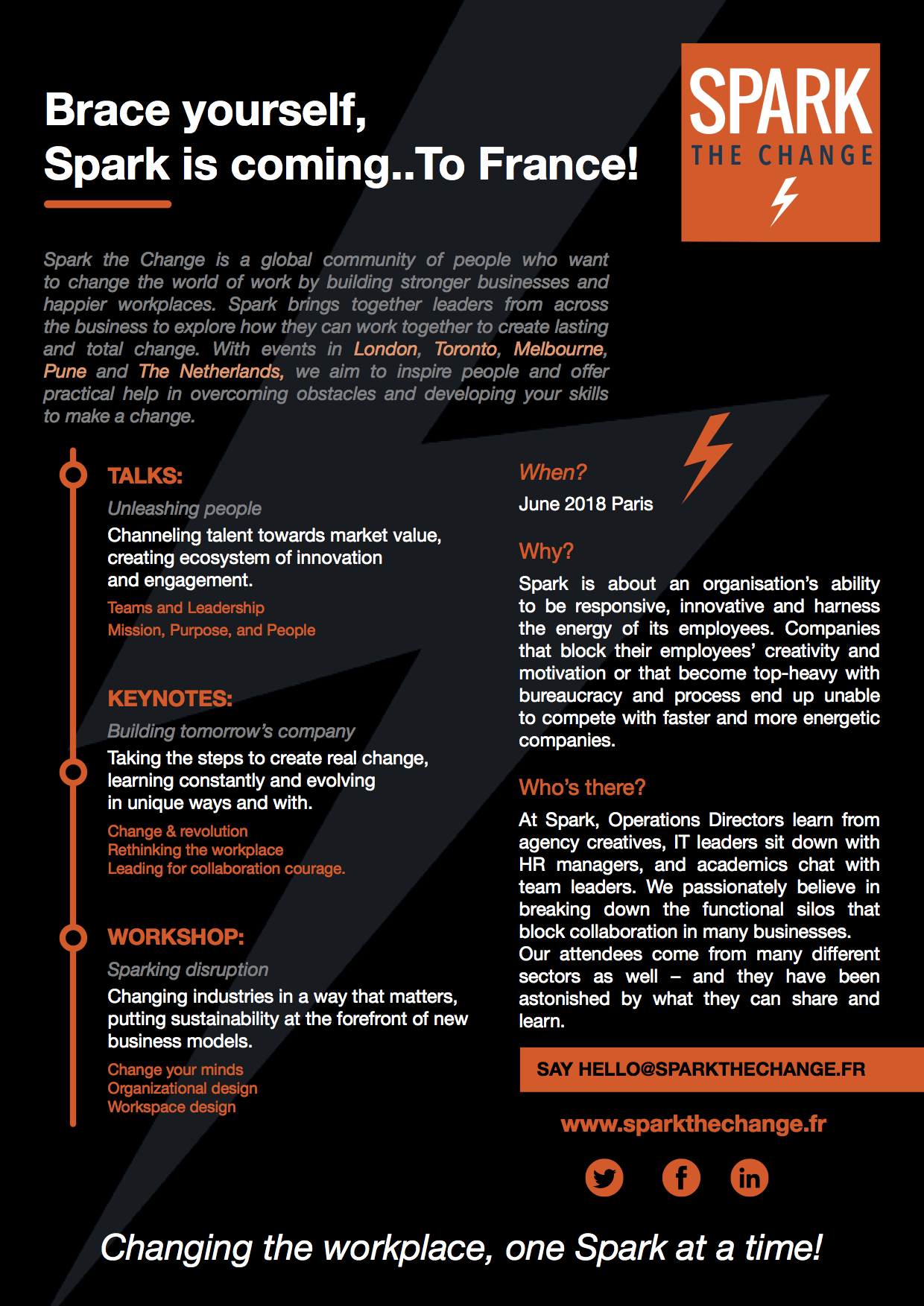
Free the office slaves: No more working day.
The 9-5 working day has come to signify office slavery.
In actual fact though, most knowledge workers work longer than 8 hours a day. A 2011 survey (ASHE) suggests that the average manager in the UK works over 9 hours per day, while extreme hours among certain groups (bankers and lawyers in particular) regularly involved sustained periods of working up to 120 hours a week.
What do set working hours signify?
Extreme hours hurt us. A study by Alexandra Michael, published in 2012, followed investment bankers over a 9 year period. The report concluded that people suffered physical, mental and emotional problems, including depression, a greater number of sick days and relationship breakdown.
Even normal hours often hurt us though. Studies suggest that those in the office spend a large proportion of their time unproductively. They might be checking personal emails or social media sites, or simply carrying out their basic work in a very un-productive fashion. Anyone spent ages staring at a spreadsheet unable to make head or tail of it? Ever fallen asleep in a meeting when supposed to be coming up with ground-breaking new ideas?
The energy cycle
Energy, creativity and brilliance rarely arrive on demand. Instead, human beings work in cycles. We can focus for limited amounts of time. After that we need rest in order to recover.

The ‘ultradian’ pattern, as it is known, normally depends on working in cycles of 90 minutes, with energy troughs in between – normally of about 20-30 minutes. The working day takes no notice of this, however.
Sometimes of course, we enter that wonderful state that Mihaly Csikszentmihalyi referred to as ‘flow’ – where we are hardly aware of the passing of time because we are so absorbed by what we are doing. When we manage to achieve this, the idea of cutting it off with a commute home or a lunch hour seems crazy.
Manage energy, not time
Radical companies understand the need to manage energy, not time. Sometimes that means that workers can work far in excess of the normal working day – developer stories of being so absorbed in a problem they didn’t leave the office until 3am are common. At other times it means workers do far less than the traditional 8 hours and in a different way – starting late, for example, leaving early to pick up children; taking a walk.
No working day means that life and work are more closely blended. It’s not unusual for radical managers to answer emails late at night or to come up with ideas as they sit on a beach with their family. They are not oppressed by this (“oh no! the phone is beeping again!”), partly because they are just as capable of taking a nap when they feel like it or running errands in the middle of what others would call the ‘working day’.
Being Radical
Leo Widrich is a co-founder of Buffer, a company which allows people to manage multiple social media accounts more easily. He manages his own day by splitting it into 90-minute windows and then achieving a certain number of tasks – one per window. A side benefit is that this helps increase focus on just one task at a time, eliminating much of the cost of task-switching. He then tries to plan his rest periods. Instead of allowing these to be filled up with emails or meetings, he goes out for a snack or reads a book. This ensures genuine downtime that allows the brain to recharge and creative ideas to swim up from the subconscious.
So what should we do?
It’s simple really – set people free to work as much as they want, when they want.
There’s no need to say ‘do you mind if I leave early today because blah blah blah’. Just go. It can help to share with others what you’re doing and how to get hold of you so they can co-ordinate with you, but there’s no need to ask permission.
Nor is there any need for that irritating parade of being the last to leave the office, or the first to get there. If someone is emailing late at night it’s because she had a thought and wanted to communicate it, not to demonstrate how dedicated she is.
Some managers might start sweating in light anxiety. How do you know the person won’t bunk off, won’t take advantage, won’t drop their productivity etc.? The answer is that regardless of hours put in people know if someone isn’t pulling their weight or isn’t performing. You can still ask poorly performing people to buck up or get out. But most people want to do well and want the company to do well so they work hard, but you’ve created an environment that helps them work effectively.
You can just trust them.
And just that one piece of advice – trust – frees up a lot of your own time in or out of the working day.
By: Helen Walton from Gamevy





